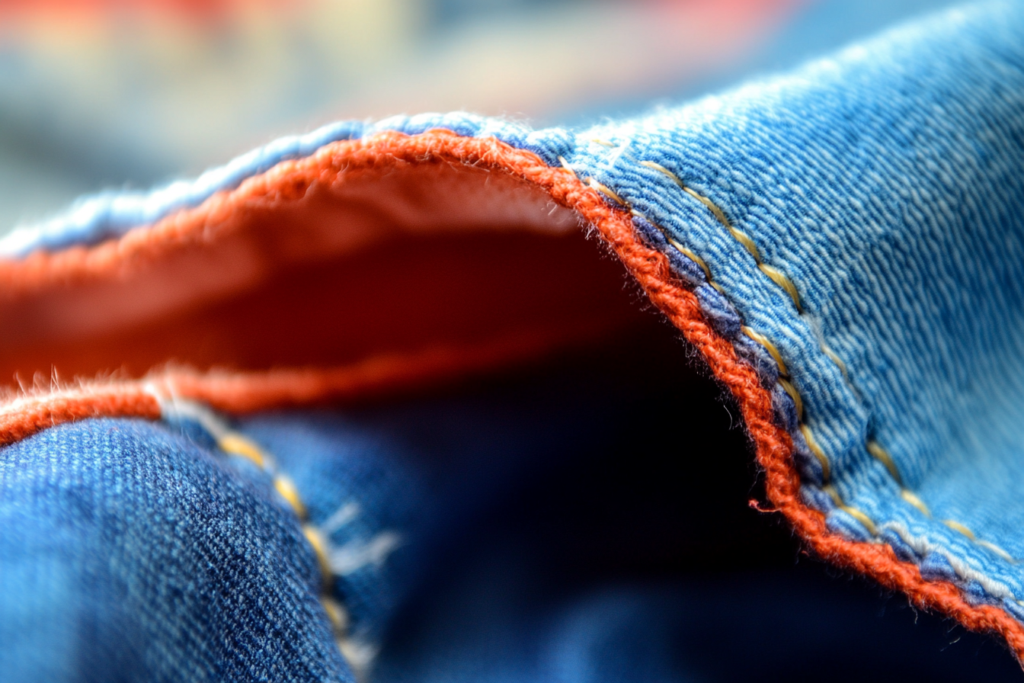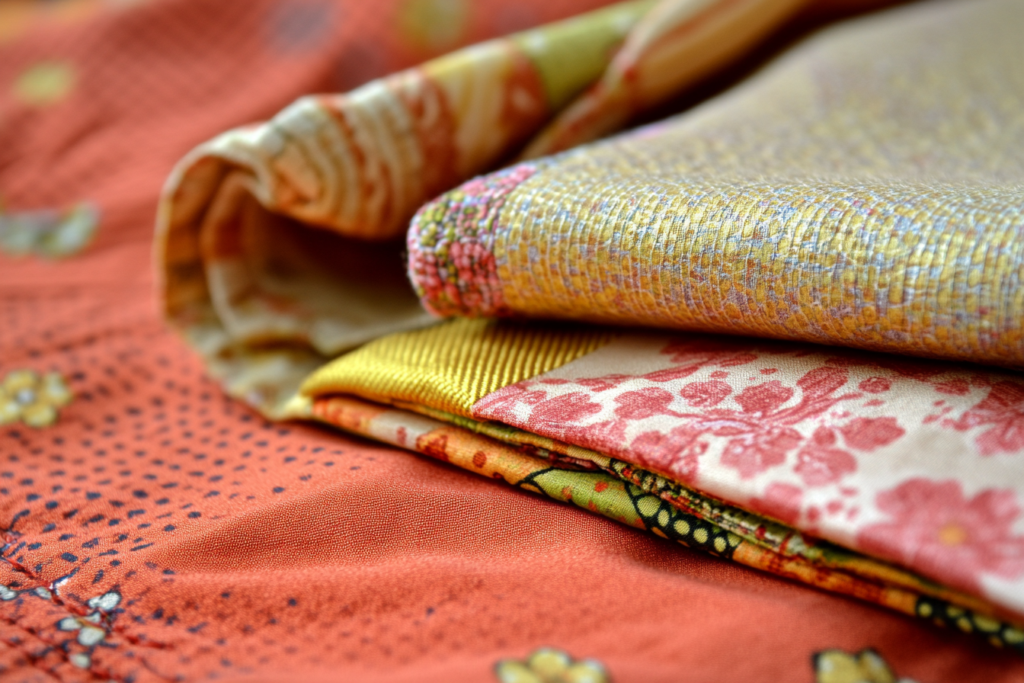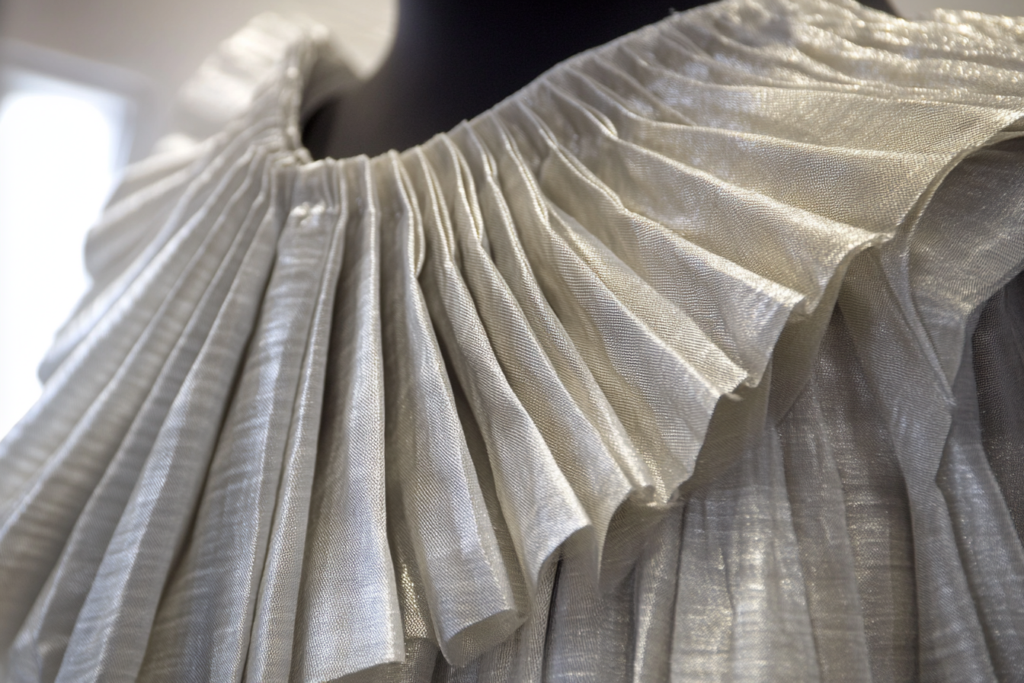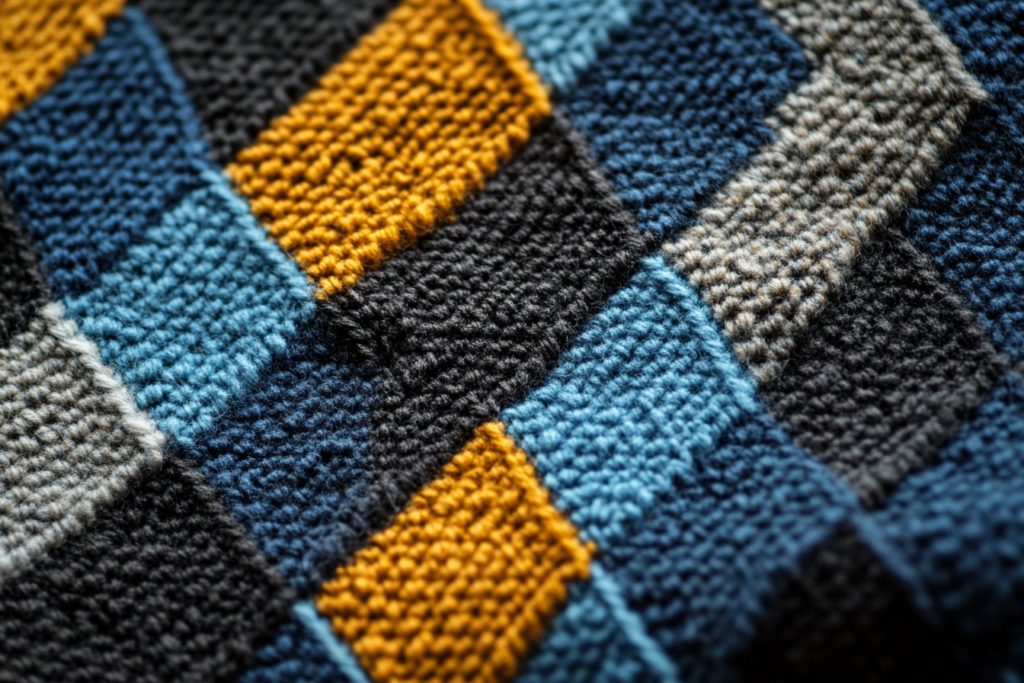Binding: A Fabric Edge Finishing Technique
What is Binding?
In sewing and garment construction, binding refers to the method of finishing the raw edge of fabric to prevent it from fraying, give it a neat appearance, and add durability. This is done by wrapping the raw edge with a separate piece of fabric, known as the binding fabric. The binding fabric is typically folded over the edge and stitched down, securing it in place.
Binding is commonly used in various types of clothing and textiles, such as garments, bed linens, and bags, as well as in home decor items like tablecloths and curtains. It’s especially useful for edges that might be exposed to wear and tear or areas that require extra reinforcement or aesthetic enhancement.


Key Features of Binding
1. Fabric Choices
The fabric used for binding can vary depending on the weight, color, and texture desired for the project. Common fabrics include:
- Cotton (soft and versatile)
- Satin (for a luxurious finish)
- Bias Tape (which provides flexibility for curved edges)
- Fleece or Knit fabrics (for garments requiring more stretch)
Choosing the right fabric for the binding ensures both a strong finish and a visually appealing look. It’s essential to select a fabric that matches or complements the main garment.
2. Aesthetic and Functional Benefits
Binding not only serves a functional purpose by finishing edges but also offers an aesthetic advantage. The choice of fabric and color of the binding can create a decorative accent, adding an extra layer of visual interest to a garment. For example, contrasting colors can be used for a bold statement, while matching tones provide a more subtle and professional finish.
3. Durability and Protection
By securing the raw edges, binding ensures that the fabric does not unravel over time, which is crucial in areas of a garment that undergo a lot of stress or friction, like necklines, armholes, or waistbands. This not only improves the garment’s lifespan but also adds a cleaner look and a more polished finish.
4. Versatility
Binding is incredibly versatile. It can be applied to straight or curved edges, on woven or knit fabrics, and can be used in various types of projects, including garments, quilts, bags, and home textiles. There’s no limit to the creative possibilities with binding, whether it’s for adding a pop of color or providing a neat, clean finish.
Applications of Binding in Garment Making
1. Necklines and Armholes
In garment construction, binding is frequently used to finish the edges of necklines and armholes. This is especially common in t-shirts, blouses, and dresses made from lightweight fabrics or stretch materials, where a smooth and durable finish is needed.
The process usually involves using a bias tape or stretch fabric, as these materials work best for ensuring that the edges remain flexible and comfortable. Bias binding can accommodate the curved edges of necklines or armholes without creating puckers or distorting the fabric.
2. Quilting and Craft Projects
Binding plays a critical role in quilting and other craft projects. After the quilt top is pieced together, the edges are finished with binding, which provides a smooth, clean edge that also frames the design. This is typically done with bias tape, which can be cut to match the pattern and design of the quilt.
In crafts like bag making or home textiles, binding is also used to finish raw edges, such as the top edges of bags or the hems of tablecloths, creating a polished and functional look.
3. Home Décor
Binding is a popular technique in home décor, particularly for curtains, tablecloths, and bedding. Cotton or linen binding is commonly used to finish the edges of curtains, while satin or velvet bindings might be added to luxury bed linens. This creates a smooth finish while adding a decorative element to the overall design.
Binding on tablecloths can also help keep the fabric from fraying, especially if the tablecloth is subject to regular use and washing.
Benefits of Using Binding
1. Neat and Polished Look
Binding provides a clean, finished edge for fabrics, creating a neat and professional look. By wrapping the raw edge with a contrasting or matching fabric, binding hides any unfinished or frayed edges, improving the overall aesthetic of the piece. This is especially important in garments where the edges are visible, like on the neckline or hemline.
2. Strength and Durability
In areas that receive a lot of stress or wear, such as pocket openings, belt loops, or waistbands, binding can provide the necessary reinforcement. The method not only strengthens the fabric but also helps to prevent the edges from unraveling over time, prolonging the lifespan of the garment or home textile.
3. Versatility in Design
Binding offers a great opportunity for creative expression. The choice of binding fabric can introduce a pop of color, a pattern, or texture, which can enhance the overall look of the garment or project. It can be used for contrast, to frame designs, or to add a subtle accent to a more neutral piece.
4. Easy to Apply
Binding is relatively easy to apply, especially with the use of pre-made bias tape or binding strips. For those new to sewing, applying binding can be an excellent way to practice finishing techniques, as it offers a straightforward way to tidy up the edges of a project without complicated steps.
Case Studies: Binding in Fashion and Textiles
1. T-shirt Design
A popular example of binding in fashion is the neckline and armhole finishes on casual t-shirts. Often, a contrast binding is applied to the edges to make them stand out, adding an extra design element while ensuring the raw edges of the fabric remain intact. The stretch of the binding also allows for comfortable movement.
2. Quilting Projects
In quilting, binding is a crucial finishing technique. Once the quilt top is pieced together, the edges are wrapped with binding fabric, often cut on the bias. This ensures the edges are smooth and secure, preventing fraying and giving the quilt a finished, professional look.
3. Home Decor
For home textiles like curtains or tablecloths, binding provides a simple way to finish the raw edges, ensuring durability and preventing fraying after multiple washes. In these instances, binding also serves as a decorative accent, often with coordinating colors or patterns that match the interior design.



